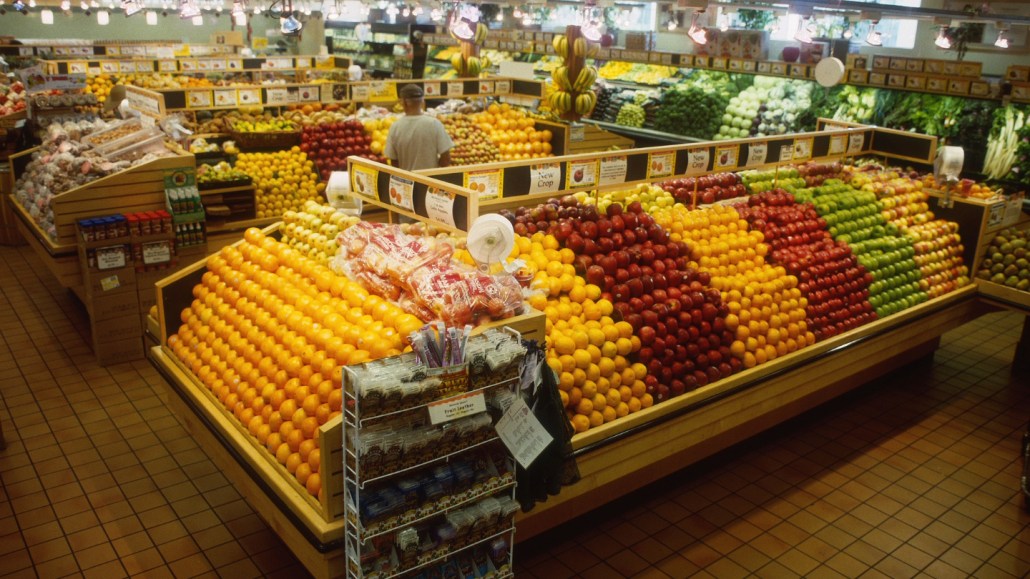
Grocery store stacks of oranges, apples and other types of fruit can come tumbling down once about 10 percent of the produce is removed, computer simulations suggest.
Burke/Triolo Productions/The Image Bank/Getty Images

Grocery store stacks of oranges, apples and other types of fruit can come tumbling down once about 10 percent of the produce is removed, computer simulations suggest.
Burke/Triolo Productions/The Image Bank/Getty Images